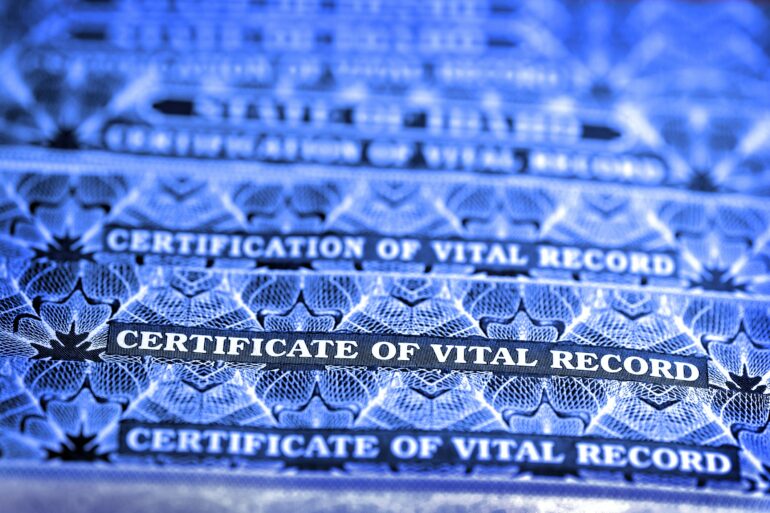After 65 years, Philadelphia police announced in December 2022 that they had identified the remains of Joseph Augustus Zarelli, a 4-year-old boy who was murdered in 1957. Because no one had ever come forward to reliably identify Joseph, he became “America’s Unknown Child,” a moniker that captured the tragic anonymity of his early death.
Recent advances in DNA analysis and forensic genealogy provided the needed breakthrough to build a genetic profile that connected the boy to surviving members of his mother’s family. But linking that genetic profile to Joseph’s identity required finding his name, a piece of information stored alongside his mother’s on his nearly 70-year-old birth record in the Pennsylvania Department of Health’s vital records system.
While the revolutionary science of genetic genealogy has received well-earned recognition for its contribution to solving this long-standing mystery, the integral role of the more staid vital records system has mostly gone unnoticed.
Vital records are the stalwart administrative backdrop to life’s milestone events: birth, adoption, marriage, divorce and death. When a child is born in the U.S., the parents and hospital staff complete and sign a certificate of live birth that includes nearly 60 questions about the parents, the pregnancy and the newborn. A local registrar issues a formal birth certificate upon receiving the record as proof of a live birth.
Other vital events follow a similar process. Collectively, the U.S. vital records system comprises records of hundreds of millions of events dating back to the beginning of the 20th century.
As a family demographer, I use information from these vital records to understand how childbirth, marriage and divorce are changing in the United States over time. The scope and quality of these records reflect remarkable administrative coordination from the local to the national level, but examples from other countries illustrate how much more the records could yet tell us.
While DNA evidence was instrumental to identify “America’s Unknown Child,” vital records also played an important role.
Vital records mark unique events
Originally, vital records were intended to publicly register events in order to legally recognize the status of the people involved. The two people named on a valid marriage certificate, for example, share the legal protections and obligations of marriage until death or divorce. But over time, vital records have also come to serve as proof of identity. For both purposes, the integrity of the vital records system is critical.
Practically speaking, the system requires a perfect symmetry between people and events. Every recorded event needs to be associated with a unique person or pair of people, in the case of marriage and divorce, and every person or pair needs to be associated with a unique recorded event. Because of this…
